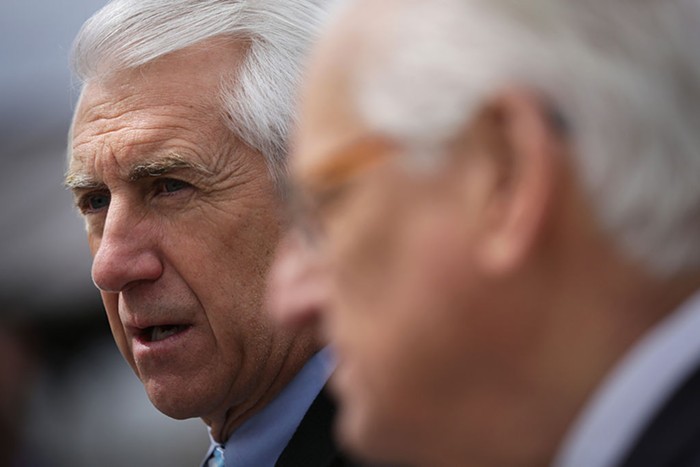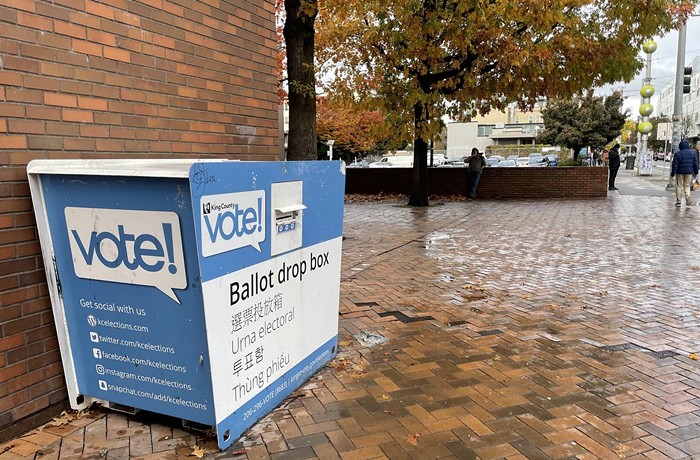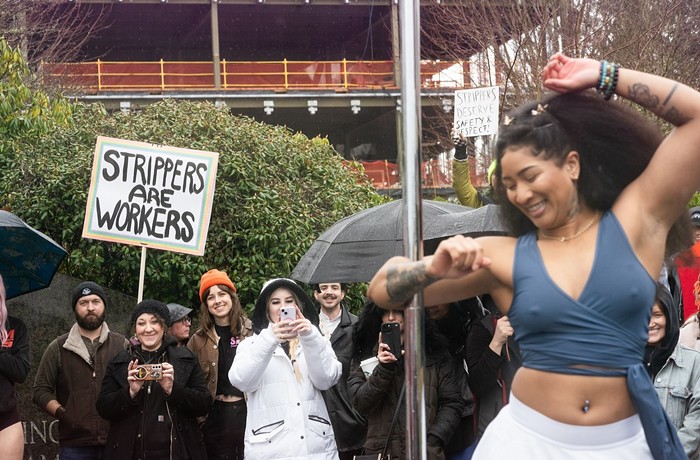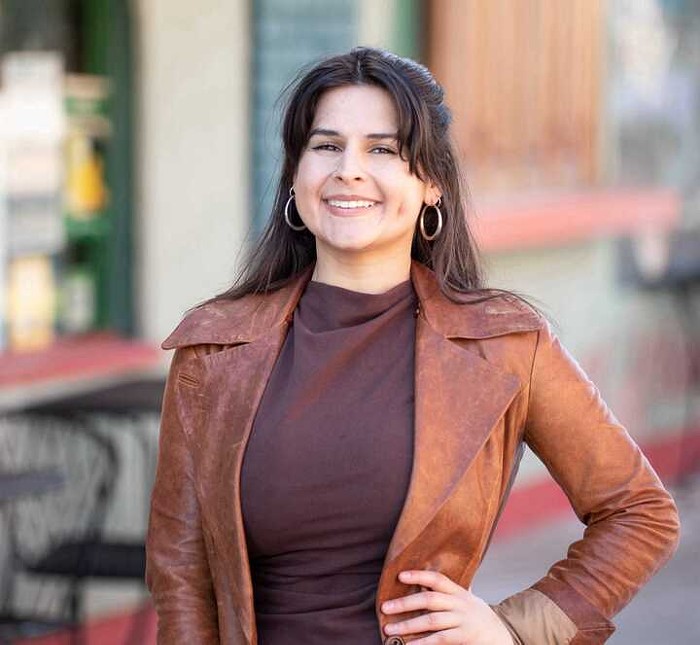In 2012, King County voters approved a $210 million levy to replace the existing juvenile jail and courthouse in the Central District. The plan sparked one of the most energetic and influential protest movements in recent Seattle history.
Calling themselves Ending the Prison Industrial Complex (EPIC), activists opposed to the new youth jail have shut down city council meetings, interrupted speeches, and blasted music outside the existing detention center. The group hasn't stopped the construction of a new facility, but they've won concessions. In 2015, the county announced it would reduce the number of beds in the center from 154 to 114. In May, city council members voted to allow a challenge to the facility's master-use permit. And perhaps most remarkably, both the Seattle City Council and King County executive Dow Constantine have endorsed a vision of eliminating juvenile incarceration all together. They call it Zero Youth Detention.
In recent years, youth incarceration in King County has dropped dramatically, but the percentage of black and brown kids sent to jail has risen. Activists say the proposed facility, whatever the design, still serves to criminalize kids and perpetuate racial inequities, rather than helping children get their lives on track. "If jail was not an option, what would you do?" asks Senait Brown, co-chair of EPIC. "That is the question that everyone should be thinking about."
County officials say a new facility with a less-jail-like environment and more space for social services will actually help reduce incarceration over time. They argue that as long as children commit violent crimes, there needs to be a place to lock them up. (Washington State law requires the county to maintain a juvenile detention center.)
Simply put, the point of disagreement between EPIC and King County—and by extension supporters and opponents of building a new juvenile jail—centers on how the system should bring youth detention to zero.
In reporting this package of stories, we considered that shared goal and what it would take to get there. We also looked at what has already been done to reduce juvenile incarceration.
King County gave us unprecedented access to six years of juvenile-detention booking data. Taken together, the data offers a glimpse of where our cops, prosecutors, judges, and corrections officials have made strides in reducing the number of children locked up in the county. At the same time, the data shows exactly what types of offenses continue to get kids sent to jail at high and racially disproportionate rates. A road map to Zero Youth Detention, if you will. Read our analysis of the data here. Plus, Sydney Brownstone profiles a judge in the juvenile system who makes decisions every day that could affect the rest of a kid's life. Some of those decisions keep him up at night.
Ana Sofia Knauf writes about a short-term pilot program that attempted to tackle racial disparities by cutting across cultural barriers in the East African community. I look at an innovative program, launched by King County last year, that asks whether there is another way to handle children who become violent with their own families. Finally, Rich Smith interrogates the central proposition from supporters of the new detention center: A facility with better amenities and access to services could actually reduce youth incarceration, eventually rendering itself obsolete.
As the tug-of-war over juvenile justice in Seattle and King County continues to unfold between activists and officials—#NoNewYouthJail has now become part of the current mayoral race—we hope this collection of stories brings clarity to that discussion.
More youth detention stories:
1. The Great Youth Detention Debate
Read next: 2. What Will It Take to Stop Locking Up Kids?
3. Judge Roger Rogoff Has the Power to Change a Kid's Life. But Does He Have the Tools?
4. Family Matters: First It Was a Jail Wing, Then It Became a Respite Center
6. Can the New Youth Jail Render Itself Obsolete?



















